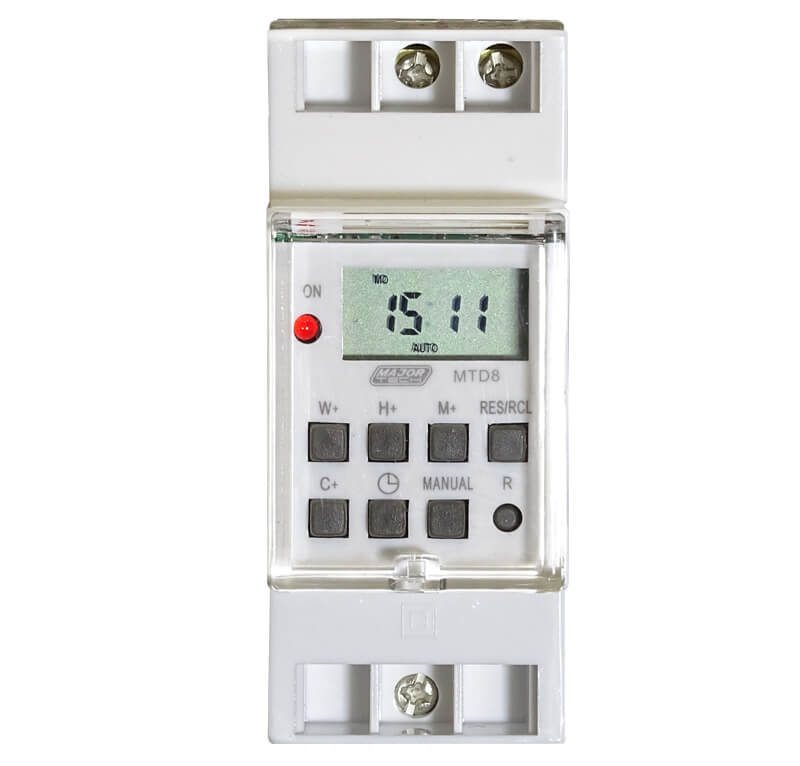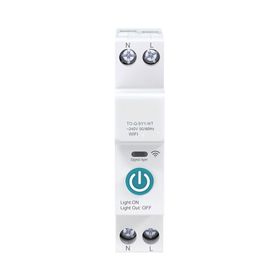Recognizing the Common Issues Associated With Hot Spring Timers for Reliable Water Home Heating
The effective performance of hot spring timers is necessary for enhancing water heating effectiveness, yet users often come across a variety of usual concerns that can jeopardize performance. Breakdowns, wrong settings, and compatibility challenges are just a few of the challenges that can occur, possibly leading to enhanced energy expenses and decreased reliability. In addition, power supply incongruities and the necessity for routine maintenance can make complex issues additionally. Comprehending these aspects is crucial to guaranteeing that hot spring systems operate at their finest, inviting a better evaluation of the remedies that can attend to these common issues.
Common Malfunctions

One widespread breakdown is the failure of the timer to initiate heating cycles. This can take place because of electric concerns, such as a blown fuse or defective wiring, preventing the timer from obtaining power. Another common problem is irregular temperature law; the hot spring may overheat or fail to warmth water effectively. This can be associated to a malfunctioning thermostat or debris buildup within the container, insulating the heating aspect.

Incorrect Timer Settings
Misconfiguration of timer setups is a common concern that can result in substantial ineffectiveness in geyser procedure. When timers are established improperly, they might activate the hot spring at suboptimal times, resulting in either insufficient home heating of water or too much energy consumption. If the timer is set to turn on throughout height electrical energy hours, it not only pumps up energy bills but likewise leads to unnecessary pressure on the electrical facilities.
Furthermore, wrong timer settings can interfere with the schedule of warm water when needed - geyser timer. A badly configured schedule might leave families without warm water throughout top usage periods, triggering aggravation and disappointment. Alternatively, constant procedure as a result of misconfigured timers can result in overheating, raising and harming the hot spring maintenance costs
To alleviate these issues, regular checks and updates of timer settings are necessary. Individuals ought to acquaint themselves with their geyser's home heating needs and readjust the timer to align with their certain needs. Implementing a straightforward scheduling system can even more improve this process, making sure optimal performance and maximizing power effectiveness. Properly configured timer settings inevitably add to a much more cost-effective and sustainable water home heating option.
Compatibility Concerns
Compatibility concerns can substantially impact the performance of geyser timers, especially when integrating with different heater or smart home innovations (geyser timer). Many hot spring timers are developed to work with specific kinds of hot water heater, such as repellent home heating aspects or gas-fired systems. If a timer is not compatible with the furnace, it may not work appropriately, causing inefficient water home heating or perhaps damage to the system
Additionally, as wise home modern technology remains to develop, the assimilation of hot spring timers with home automation systems can pose obstacles. Not all geyser timers offer the exact same degree of connectivity, which can prevent their ability to communicate properly with mobile applications or smart hubs. Customers may discover themselves not able to regulate their geyser timers from another location or set routines that align with various other clever devices in their home.
Moreover, the compatibility of hot spring timers with existing electric framework can likewise be a concern. Variations in voltage rankings, electrical wiring criteria, and circuit setups can bring about operational problems. For that reason, it is vital to completely analyze compatibility with both the home heating devices and the home's electric system before choosing a geyser timer to guarantee optimum efficiency.
Power Supply Troubles
Power supply issues can severely impede the performance of geyser timers, leading to undependable operation and increased power costs. These problems may stem from insufficient voltage supply, inconsistent power sources, or malfunctioning wiring. A hot spring timer needs a stable electric input to operate efficiently; changes can bring about irregular efficiency or complete failing.
Furthermore, wrong voltage rankings can damage the timer, making it inoperative. It is critical to make sure that the geyser timer is suitable with the electric specifications of the installment site. In addition, power rises or disruptions can interfere with the timer's shows, resulting in inefficient home heating cycles and unanticipated functional delays.
In circumstances of persistent power supply troubles, consulting a certified electrician is a good idea to ensure that the electrical facilities sufficiently sustains the geyser timer's demands. Correct focus to power supply can boost the performance and longevity of the hot spring timer system.
Upkeep and Troubleshooting
Routine maintenance and troubleshooting are vital for ensuring the reputable procedure of hot spring timers. Routine checks need to consist of inspecting the timer's links and circuitry for any kind of signs of wear or damage. Make sure that all electric components are complimentary and secure from corrosion, as this can influence performance. Routinely clean the timer system and bordering locations to prevent dust buildup, which can conflict with its operation.
If concerns develop, start troubleshooting by resetting the timer to its default setups. Verify the power supply to make sure the timer is getting ample voltage.
Furthermore, think about organizing professional evaluations every year to resolve prospective problems proactively. This method can extend the life expectancy of the geyser timer and enhance its efficiency. By prioritizing maintenance and reliable troubleshooting, individuals can alleviate typical issues and guarantee consistent my latest blog post performance from their geyser timers.
Final Thought
In final thought, recognizing and addressing the common problems check here associated with hot spring timers is essential for enhancing water heating performance. Timer malfunctions, wrong settings, compatibility difficulties, and power supply issues can substantially affect efficiency.
The effective functioning of geyser timers is important for maximizing water home heating efficiency, yet users frequently come across an array of common issues that can compromise efficiency. When timers are established incorrectly, they might turn on the geyser at suboptimal times, resulting in either insufficient heating of water or excessive power intake.Compatibility concerns can considerably influence the efficiency of geyser timers, particularly when incorporating with various home heating systems or clever home innovations. Lots of hot spring timers are made to work with particular kinds of Resources water heating units, such as resistive home heating components or gas-fired systems.In verdict, acknowledging and resolving the common concerns linked with hot spring timers is necessary for maximizing water home heating effectiveness.
Comments on “Top Reasons Why You Need a Geyser Timer for Your Water Heater”